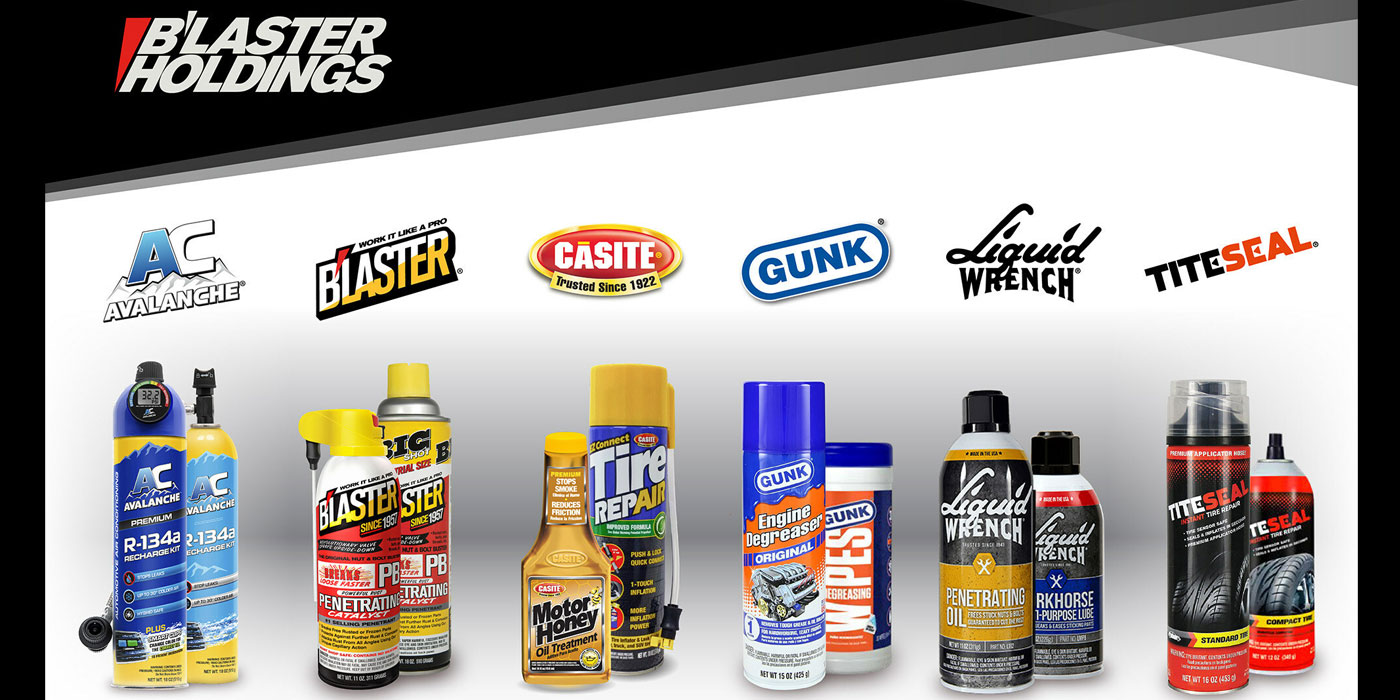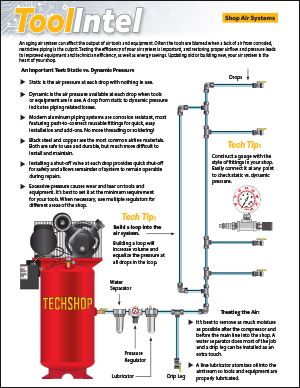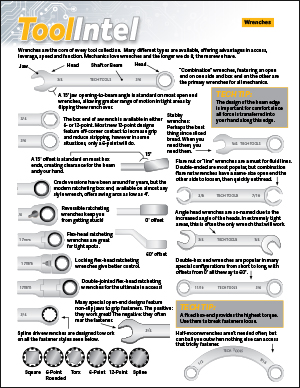Automotive Import Manufacturing Inc. (AIM), a supplier of alternators and starters, offers the following words of wisdom about alternator service and repair.
In some cases, technicians think they are getting poor-quality alternators because they don’t seem to last very long, and they seem to need replacement too often.
What they fail to realize is that the health of the alternator is directly affected by the condition of the rest of the electrical system. In fact, as vehicles get older, this becomes even more of an issue. Unfortunately, techs assume that throwing another alternator at a problem is the solution. But, unless the real cause is discovered, all they end up with is frustration and damaged alternators. Damaged alternators? Yes!
While it is true that there are technical issues that come up, the most common problems are basic and easy to diagnose and correct with just a few simple tests. One test is to connect an ammeter to the alternator with all loads off (ignition only). Make sure it will settle down to 15 amps or less output after start up. If, after 5 to 10 minutes, you see 20 to 40 amps still going out, a big part of that is likely being sucked up by a battery that won’t come up to full charge (12.6 volts).
There are only two main reasons for replacing an alternator (or starter):
1. Its service life has expired; or
2. A system problem caused premature failure. It is a foregone conclusion that, if the first alternator had an induced failure, and the cause was not accurately identified and corrected, you will have repeat failures until it is!
The most common cause of premature failure is ‘excessive demand.’ Sometimes, this occurs because of added electrical loads that demand the charging system work harder than normal. But, more often, little or no attention is paid to the battery.
Even if the battery is ‘new,’ its condition, state of charge and capacity must be verified. A battery that is discharged (low state of charge), cannot be brought up to a full charge of 12.6 volts (indicating poor condition), or is under capacity, will result in a barbequed alternator sooner or later. We’ve all heard it said: “I put three alternators on before I got a good one.” By the time the third one has been installed, many techs realize that the battery needs to be replaced. Then, they erroneously think bad alternators caused the bad battery.
In some cases, misdiagnosis doesn’t necessarily spell doom for the alternator. If the alternator is not turning on, it could be because it is not receiving initial excitation. The alternator is not damaged; it just doesn’t charge.
Why does one finally work? Sometimes, it is simply the fact that a critical connection, such as a regulator, has been rejuvenated by plugging and unplugging it, and the technician has corrected the problem without even realizing it. Even in that case, the fix may be only temporary.
On many vehicles nowadays, the PCM (powertrain control module), or onboard computer, is activating – even controlling – the duty cycle of the alternator. And, the current supplied to activate it is very small and at lower voltages; instead of amps, it might only be 10 milliamps. This means connections to the regulator are very critical. You cannot afford a mediocre connection.
For more information on proper service and repair of alternators, contact AIM’s technical support department at (800) 366-3246 or visit aimpowerinmotion.com.
Source: George West, production engineer, AIM.














